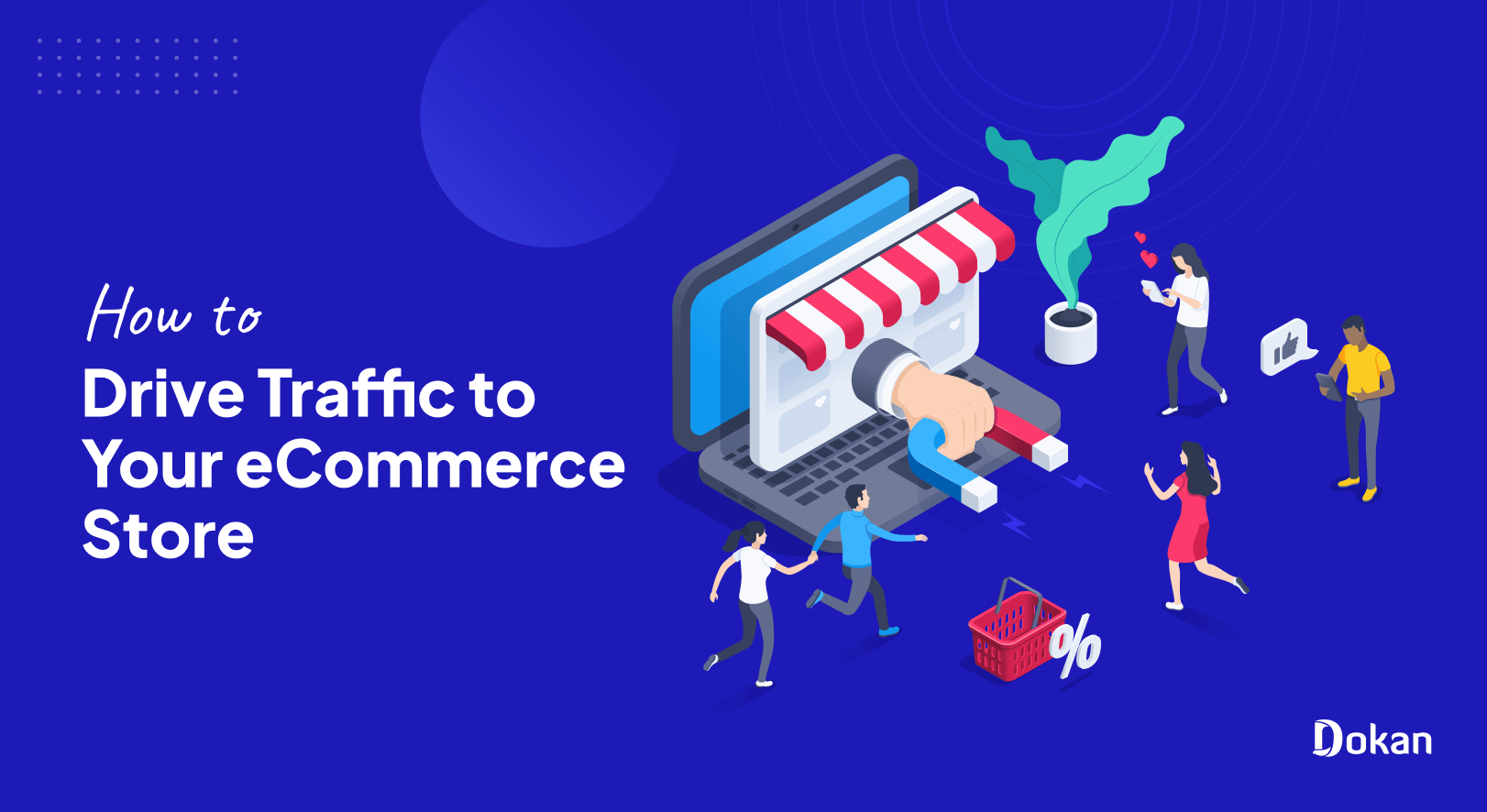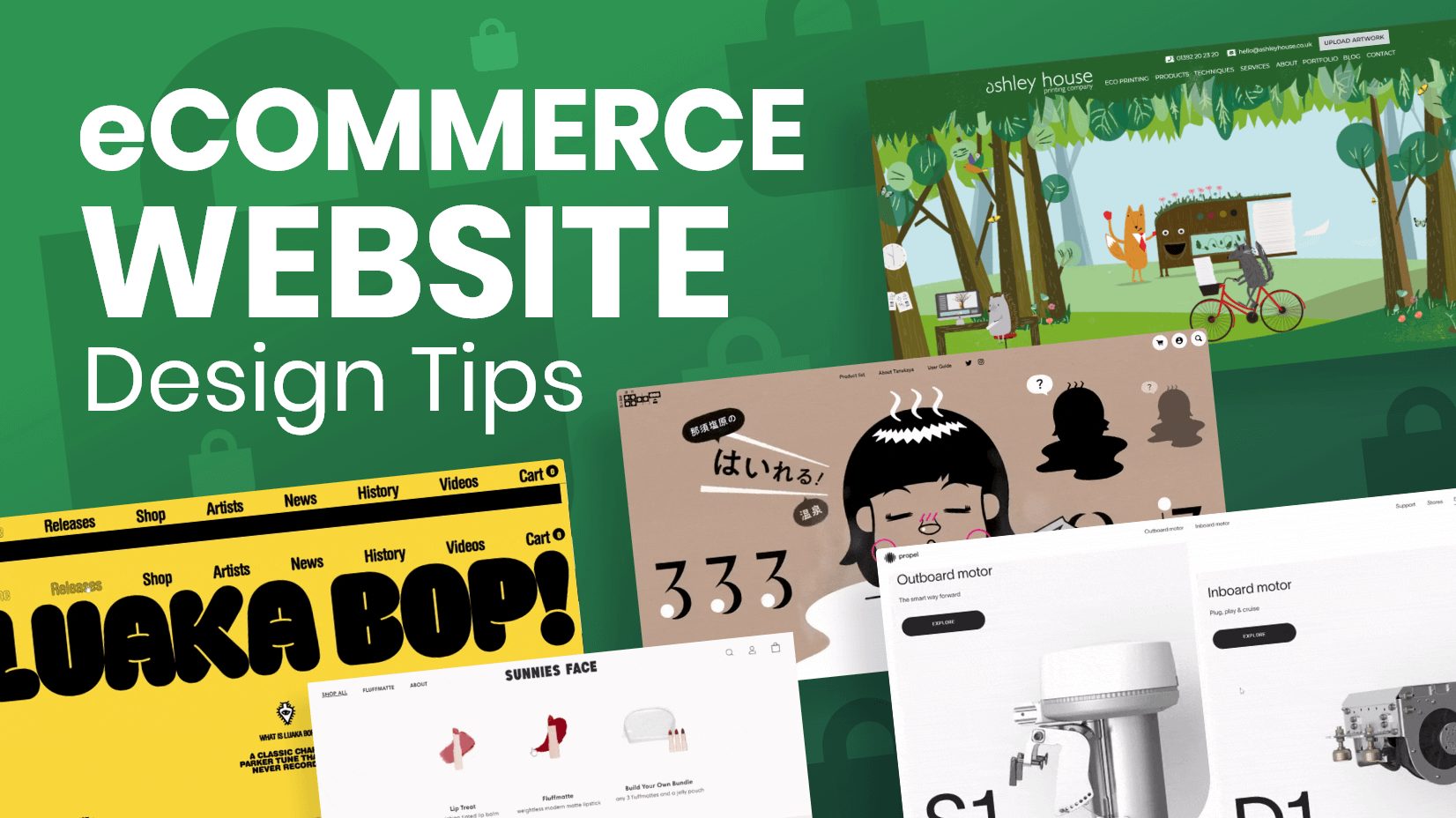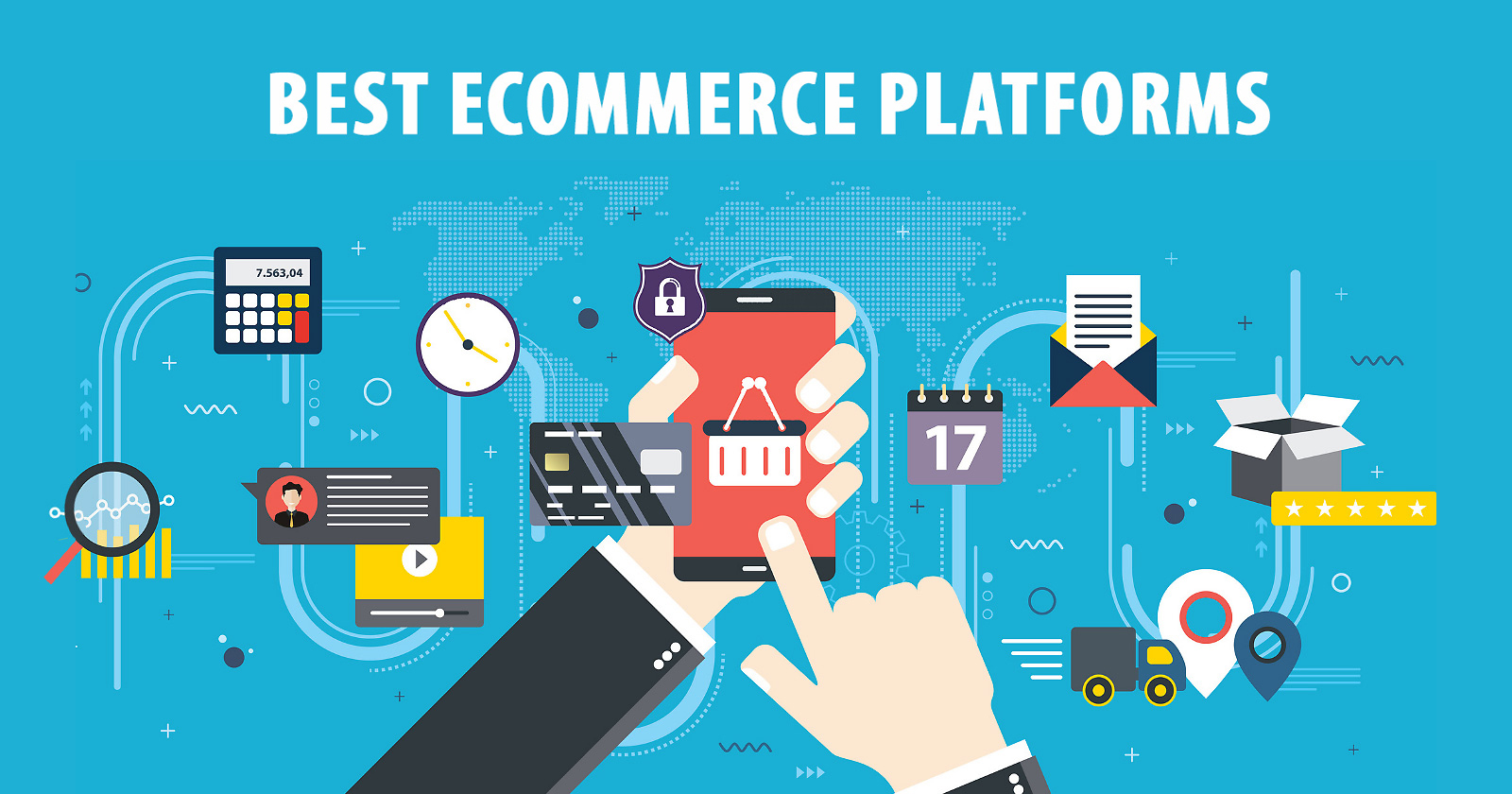How to Drive Traffic to Your Ecommerce Site: Proven Strategies for 2025
In the competitive world of ecommerce, attracting visitors to your online store is just as crucial as offering quality products. Without a steady stream of traffic, even the best-designed websites can struggle to achieve sales and growth. If you’re wondering how to drive traffic to your ecommerce site, this comprehensive guide outlines effective, SEO-optimized, and human-centric strategies to boost your online presence and sales.
Why Driving Traffic to Your Ecommerce Site Matters
Driving traffic to your ecommerce site isn’t just about numbers; it’s about attracting the right audience—potential customers who are interested in your products and are likely to convert. More traffic means more opportunities for sales, brand awareness, and customer loyalty. However, it’s essential to focus on quality traffic, not just quantity, to ensure that your marketing efforts yield meaningful results.
1. Optimize Your Site for Search Engines (SEO)
Search engine optimization (SEO) is one of the most effective and sustainable ways to drive traffic to your ecommerce site. By optimizing your website for search engines, you can improve your visibility in search results, making it easier for potential customers to find you.
Key SEO Strategies:
-
Keyword Research: Identify relevant keywords that your target audience is searching for. Use tools like Google Keyword Planner or Ahrefs to find high-volume, low-competition keywords related to your products.
-
On-Page SEO: Optimize your product pages, category pages, and blog posts by incorporating target keywords into titles, meta descriptions, headers, and content.
-
Technical SEO: Ensure your website has a clean URL structure, fast loading speeds, mobile responsiveness, and secure HTTPS encryption.
-
Content Marketing: Regularly publish high-quality, informative content that addresses your audience’s pain points and interests. This can include blog posts, how-to guides, and product tutorials.
By implementing these SEO strategies, you can improve your website’s ranking in search engine results pages (SERPs), leading to increased organic traffic.
2. Leverage Social Media Platforms
Social media platforms are powerful tools for driving traffic to your ecommerce site. They allow you to engage with your audience, showcase your products, and drive traffic through organic and paid methods.
Effective Social Media Strategies:
-
Consistent Posting: Share regular updates, promotions, and behind-the-scenes content to keep your audience engaged.
-
Influencer Partnerships: Collaborate with influencers in your niche to reach a broader audience and build trust.
-
Social Commerce: Utilize features like Instagram Shopping and Facebook Shops to allow users to purchase directly from your social media profiles.
-
Engagement: Respond to comments, messages, and mentions to foster a community around your brand.
By effectively leveraging social media, you can drive targeted traffic to your ecommerce site and build a loyal customer base.

3. Implement Email Marketing Campaigns
Email marketing remains one of the most effective ways to drive traffic and sales. By building and nurturing an email list, you can communicate directly with your audience and encourage repeat visits to your site.
Email Marketing Best Practices:
-
Segmentation: Divide your email list into segments based on customer behavior, demographics, or purchase history to send personalized content.
-
Automation: Set up automated email sequences for welcome emails, abandoned cart reminders, and post-purchase follow-ups.
-
Value-Driven Content: Provide valuable content in your emails, such as exclusive discounts, product recommendations, and informative articles.
-
Clear Calls-to-Action: Include compelling CTAs that encourage recipients to visit your site and make a purchase.
By implementing these email marketing strategies, you can drive repeat traffic to your ecommerce site and increase conversions.
4. Utilize Paid Advertising Campaigns
Paid advertising can provide an immediate boost in traffic to your ecommerce site. Platforms like Google Ads, Facebook Ads, and Instagram Ads allow you to target specific demographics and interests, ensuring your ads reach the right audience.
Paid Advertising Tips:
-
Targeting: Use detailed targeting options to reach users who are most likely to be interested in your products.
-
Ad Creatives: Design eye-catching ads with clear messaging and strong CTAs.
-
Budget Management: Start with a small budget, test different ad creatives and targeting options, and scale up based on performance.
-
Retargeting: Implement retargeting campaigns to reach users who have previously visited your site but didn’t convert.
By effectively utilizing paid advertising, you can drive targeted traffic to your ecommerce site and increase sales.
5. Engage in Influencer and Affiliate Marketing
Influencer and affiliate marketing involve partnering with individuals or organizations to promote your products in exchange for a commission or other incentives. This can help you reach a broader audience and drive traffic to your ecommerce site.
Strategies for Influencer and Affiliate Marketing:
-
Identify Relevant Influencers: Look for influencers whose audience aligns with your target market.
-
Set Clear Terms: Establish clear terms regarding compensation, content expectations, and timelines.
-
Track Performance: Use affiliate links and tracking tools to monitor the performance of your campaigns.
-
Encourage Authentic Promotion: Allow influencers and affiliates to promote your products in a way that feels authentic to their audience.
By engaging in influencer and affiliate marketing, you can leverage others’ audiences to drive traffic to your ecommerce site.
6. Offer Discounts and Promotions
Offering discounts and promotions is a proven way to attract visitors to your ecommerce site and encourage purchases. Limited-time offers, seasonal sales, and exclusive discounts can create a sense of urgency and drive traffic.
Effective Discount and Promotion Strategies:
-
Flash Sales: Offer significant discounts for a limited time to create urgency.
-
Seasonal Promotions: Align promotions with holidays or seasons to capitalize on increased shopping activity.
-
Exclusive Offers: Provide special discounts to email subscribers or social media followers to incentivize sign-ups and engagement.
-
Referral Programs: Encourage existing customers to refer friends in exchange for discounts or rewards.
By offering compelling discounts and promotions, you can attract more visitors to your ecommerce site and boost sales.
7. Optimize Your Website for Mobile Devices
With a significant portion of online shopping happening on mobile devices, it’s essential to ensure your ecommerce site is mobile-friendly. A seamless mobile experience can improve user satisfaction and drive traffic.
Mobile Optimization Tips:
-
Responsive Design: Ensure your website adapts to different screen sizes for a consistent experience.
-
Fast Loading Speeds: Optimize images and minimize code to reduce loading times.
-
Simplified Navigation: Design intuitive menus and buttons for easy navigation on mobile devices.
-
Mobile-Friendly Checkout: Streamline the checkout process to make it easy for mobile users to complete purchases.
By optimizing your website for mobile devices, you can provide a better user experience and drive more traffic to your ecommerce site.
8. Create High-Quality Content
Content marketing is an effective way to attract and engage visitors, driving traffic to your ecommerce site. By providing valuable and informative content, you can establish your brand as an authority in your niche.
Content Marketing Strategies:
-
Blog Posts: Write informative articles that address your audience’s pain points and interests.
-
Videos: Create product demonstrations, tutorials, and behind-the-scenes videos to engage your audience.
-
Infographics: Design visually appealing infographics that simplify complex information.
-
User-Generated Content: Encourage customers to share their



